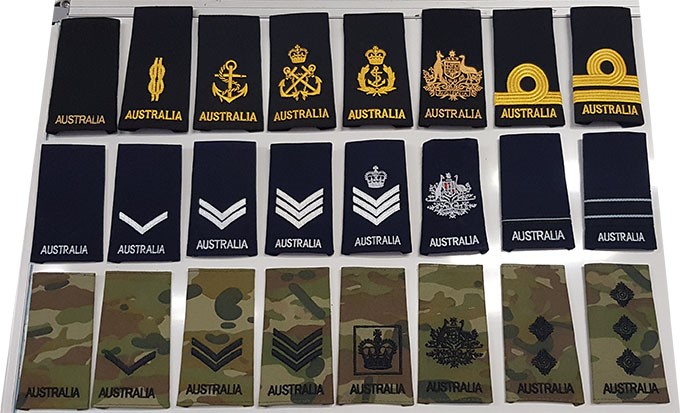Understanding business and rank definitions
Understanding roles in a business setting is essential.
Understanding roles in a business setting is essential. Roles like CEO (Chief Executive Officer), CFO (Chief Finance Officer) HR Director (Human Resources Director) are all well understood and guide internal and external conversations. CEO’s are typically interested in all aspects of how their business is running, however of particular interest is reputation. Not just the reputation of the business as a good corporate citizen, but the personal reputation of the CEO themselves. This is especially important for those senior managers seeking their next-level CEO role or as a lucrative board member guiding other organisations. Central to a CFO discussion, is not just topics such as income and expenditure, but profitability. Typically, all projects, goods and services are ‘back-costed’ and scrutinised for their profitability as forecast but their contribution to the overall financial health of the business. Conversations with HR are ‘squarely based’ around their people. Topics like business churn (turnover of staff), ‘how often we go to the doctor to get ‘sickie certificates’ all indicate and have a direct correlation to the culture of an organisation. If staff or an employee cannot face going to work, sick day’s statistics tend to rise as a ‘lead indicator’. These are all red flags for HR managers and typically dominate conversations.

Likewise, understanding Defence rank is equally important as their civilian counterparts. Their rank very much determines and guides those ‘member-civilian’ discussions. For example, if a training organisation or an employer is interviewing a transitioned Defence Sergeant, they are typically talking to a blue collar, hands on style person with in excess of 10 – 15 years’ of experience who can manage a team of up to a 40 -140 members. A Sergeant is likely to be interested in supervisor, or a project management role and equate to a Head of Department civi’ role.
However, if an employer is talking to a rank of Major, it usually denotes someone who has served similar service time and supervisor of similar number of troops however is more likely to be an officer who is interested in University or higher education qualifications or managerial roles.
Just like offering low-level training (ie: Certificate I in Construction) for a CEO is not appropriate, civilians need to understand the subtle difference in Defence ranks to guide their conversations to transitioning members.
Business/Industry Roles | |
CEO – Chief Executive Officer Board Director | Lieutenant Colonel (Commanding Officer of Unit) Captain (Commanding Officer of Ship) |
COO – Chief Operating Officer
| The rank of Captain are normally second-in-command of a sub-unit of up to 120 soldiers. They are key players in the planning and decision-making process within tactical level units, with responsibility for operations on the ground as well as equipment maintenance, logistical support and manpower. |
CFO – Chief Finance Officer | Promotion to Major generally occurs after 8-10 years’ service. Majors are field rank officers who command a sub-unit – a company, squadron or battery – of up to 120 officers and soldiers with responsibility for their training, welfare and administration as well as the management of their equipment. Majors are also employed across all levels of headquarters in staff roles. |
Workshop Manager | Warrant Officer Class One / Two This is a senior management role focusing on the training, welfare and discipline of a company, squadron or battery of up to 650/200 soldiers. WO1 and WO2s act as senior adviser to the commander of a sub-unit. |
Supervisor
| Sergeant is a senior role of responsibility, promotion to which typically takes place after normally 12 years depending on ability. Sergeants typically are second in command of a troop or platoon of up to 40 soldiers, with the important responsibility for advising and assisting junior officers. |
Leading Hand | After normally 6-8 years, and depending on ability to lead, promotion to Corporal typically follows. In this rank additional trade and instructor, qualifications can be gained. |
Blue Collar/tradesman | Private / Digger. On completion of basic training, all new soldiers start as Privates although the title may be Gunner, Trooper, Craftsman, Signalman, Patrolman, Sapper or Musician depending on their Corps or Regiment. |